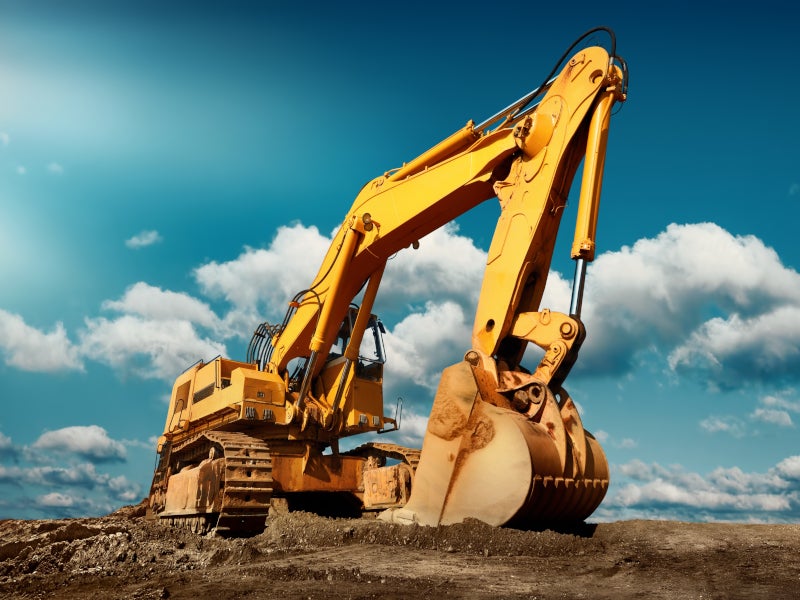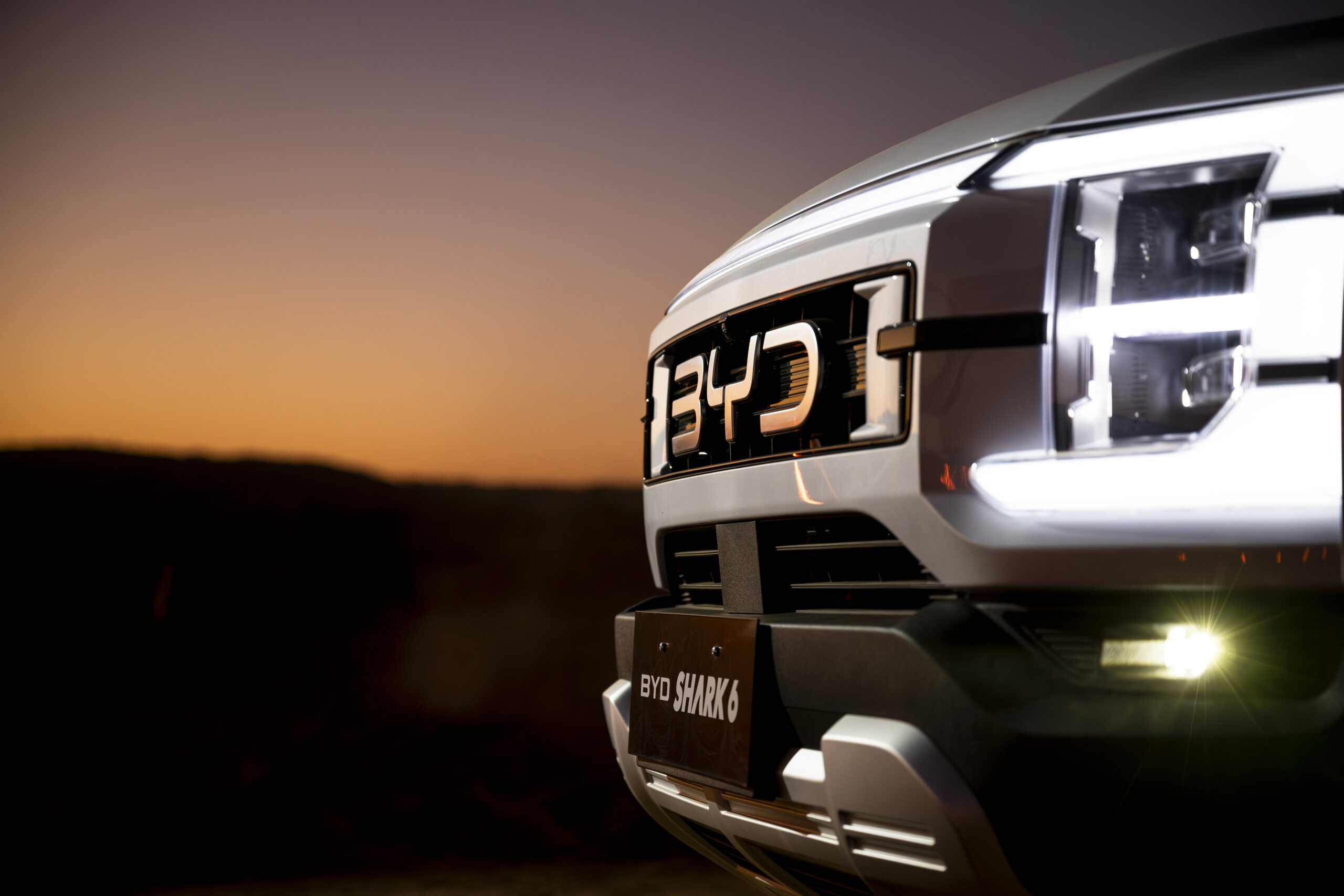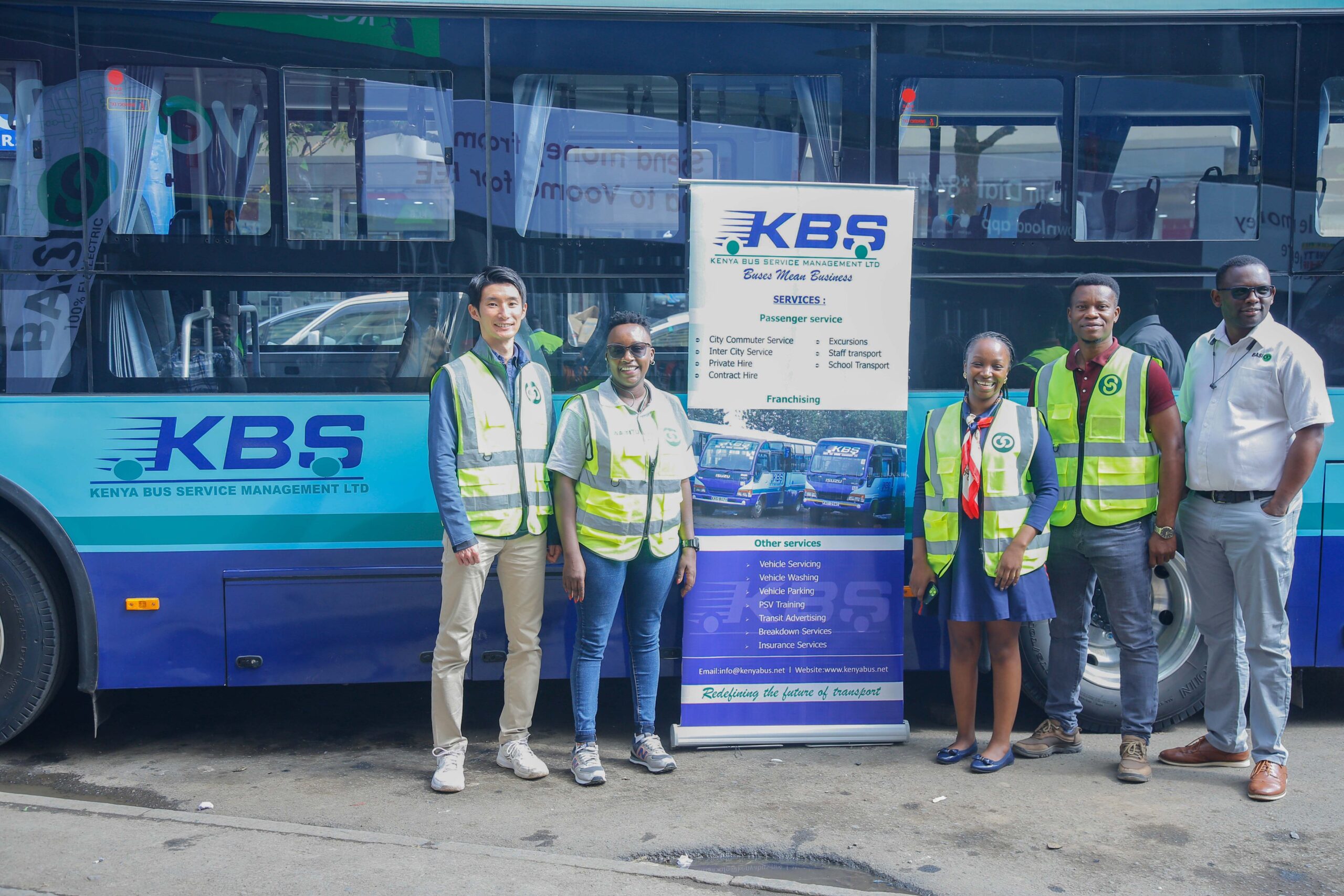Weir chief strategy and sustainability officer Paula Cousins spoke at COP28 about the importance of harnessing innovative technologies to make mining more sustainable.
In a COP28 panel discussion hosted by the Ministry of Economy, Trade and Industry of Japan and moderated by the World Business Council for Sustainable Development (WBCSD), Weir chief strategy and sustainability officer Paula Cousins discussed a recent study exploring the opportunities of reducing energy use and emissions in comminution.
The study is the first to utilise the WBCSD’s Avoided Emissions Guidance to examine mining processes, and the results have been independently assured by SLR Consulting Limited.
Three of Weir’s technology combinations were evaluated against a conventional comminution circuit design for an archetypal mine processing 15 million tonnes of copper ore per year in Chile. Each circuit was based on a ‘rock-to-recovery’ system boundary; that is, reducing rock direct from the mine to a size that enables the mineral to be recovered.
The four configurations:
- Conventional comminution circuit based on a semi-autogenous grinding (SAG) mill and ball mill
- Weir’s Enduron high-pressure grinding rolls (HPGR) replacing the SAG mill at the initial grinding stage
- Enduron HPGR, plus Swiss Tower Mills’ (STM) vertical stirred mill replacing the ball mill
- Addition of a Eriez’s HydroFloat coarse particle flotation (CPF) unit
The study shows that replacing conventional technology with innovative new solutions can cut energy use by 40 per cent, while also avoiding 50 per cent of CO2e (carbon dioxide equivalent) emissions.
The world needs more transition metals to achieve net-zero, but the mining industry needs to extract these using significantly less energy and water, according to Cousins.
“Our new, externally assured study highlights the potential for energy savings of 40 per cent and for 50 per cent of CO2e emissions to be avoided in comminution, the most energy intensive stage of mining processes,” she said.
“By adopting a systems-based approach to technology collaborations, we can help the mining industry scale up and clean up at the same time.”
Transformational technologies
Comminution equipment doesn’t operate in a vacuum; it’s part of a wider and deeply interlinked mineral processing plant where the comminution circuit’s overall performance significantly influences mineral recovery.
This means that a holistic review of the overall circuit – from rock to recovery – is required.
These circuits are prone to increased feed variability, which requires the right combination of size reduction and classification equipment to minimise the fluctuation in product quality, as this enables greater efficiencies in the recovery circuit.
“Enduron HPGRs can adapt to changing feeding conditions instantly because the roll speed and grinding force can be changed while in operation,” Weir Minerals global product manager Enduron HPGR and vertical stirred mills Bjorn Dierx said. “As a result, the most effective, minimal-stress-intensity force is applied to the particles to ensure they break at the given throughput rate.”
The STM mill has a vertical mill chamber, with grinding rotors (discs with castellations) installed on the central mill shaft.
The feed is a slurry, pumped through the bottom of the mill and discharging from top. The mill chamber is filled with ceramic grinding media to approximately 60 per cent of its volume.
The grinding media bed moves only in the horizontal plane, which ensures energy isn’t wasted. The vertical mill arrangement, combined with bottom feed entry and top discharge, ensures coarse particles don’t short-circuit the mill.
“The grinding circuit that delivers the highest recovery and the lowest possible energy consumption is achieved by combining these two proven technologies,” Dierx said.
“The Enduron HPGR prepares the feed for the two-stage STM vertical stirred mill grinding concept.
“This grinding circuit is followed by Eriez’s HydroFloat CPF technology, which allows the use of a coarser, rougher grind size, delivering the operator additional reductions in grinding energy requirements.”
The recovery or efficiency of conventional flotation is strongly related to the particle size of the ore.
“Eriez’s HydroFloat CPF represents a major step forward in terms of recovery by extending flotation efficiency over a size range that is two to three times greater than conventional flotation machines’ limit,” Dierx said.
This feature appeared in the February 2024 issue of Australian Mining.




